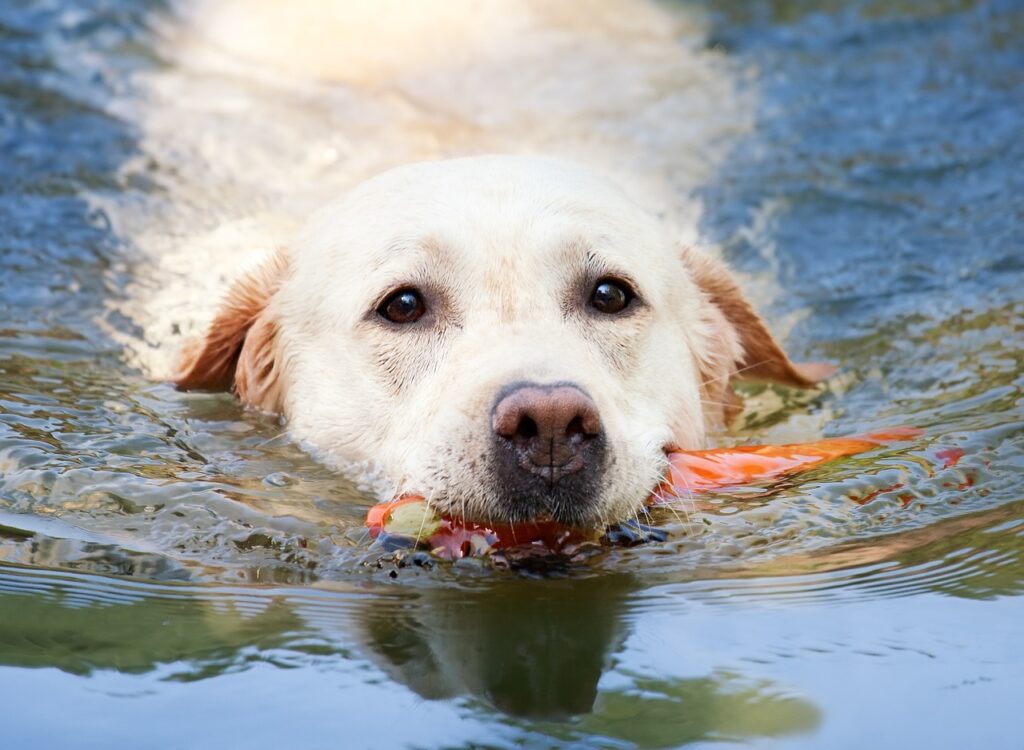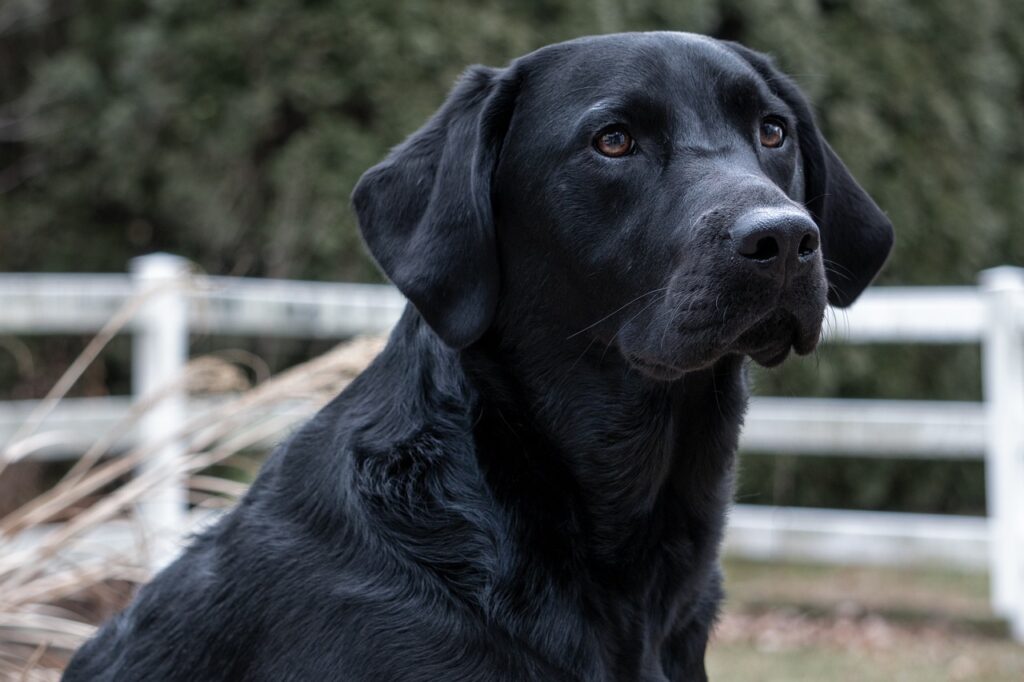Ever pondered what makes the Labrador Retriever, or as we affectionately call them – Labs, the most popular dog breed in the USA, UK, and Australia? Could it be their playful eyes that twinkle with mischief, their glossy coats, or their effervescent spirit?
Well, let’s plunge into the Lab pool to find out more.
Table of Contents
Highlights of the Labrador Retriever
Considered the ultimate ‘family dog’, Labradors Retriever are known for:
- Their intelligence and trainability – They rank 7th in Stanley Coren’s “The Intelligence of Dogs”.
- Their excellent sniffing abilities – Hence their popularity as search and rescue dogs.
- Their love for water – A legacy from their fishing-dog ancestors.
Now, doesn’t this make you want to run to the nearest shelter and bring home a Lab? But wait! There’s more to Labs than just these impressive highlights.
History of the Labrador Retriever
Remember, Rome wasn’t built in a day? Similarly, the Lab, as we know and love today, is a product of years of careful breeding and selection.
Hailing from Newfoundland, Canada, they were initially known as ‘St. John’s Dogs.’ Fishermen employed these dogs for their strength and agility to retrieve fish and haul in lines. However, their evolution to the modern Lab started when English nobles noticed their extraordinary retrieving abilities during the 19th century.

Ever since the breed has thrived on both its working abilities and endearing nature, making it a household favorite worldwide.
Size of the Labrador Retriever
It’s often said that the bigger the dog, the bigger the heart. Labs aren’t the largest dogs around, but they’re certainly not small either. A full-grown male can stand 22.5 to 24.5 inches at the shoulder, while females generally range from 21.5 to 23.5 inches. As for their weight, males usually tip the scales at 65-80 pounds, and females come in at around 55-70 pounds.
The Appearance of a Labrador Retriever
Don’t we all sometimes judge a book by its cover? So, let’s talk about the Lab’s cover – their striking appearance!
Labradors have a dense, water-resistant double coat that comes in three colors: black, yellow, and chocolate. Their broad, clean-cut head, ‘otter’ tail, and expressive eyes that range from brown to hazel in color add to their allure.
Labrador Retriever Personality
Have you ever wondered what it would be like if your dog could talk? Well, Labs speak volumes through their expressive eyes and wagging tails!
Renowned for their sweet-natured temperament, Labs are friendly, outgoing, and even-tempered. They display an ardent eagerness to please, making them stellar students and companions. However, their high energy levels and curiosity can lead them into mischief if not properly channeled.
Labrador Retriever Health
Just like how an apple a day keeps the doctor away for us, regular vet visits and a balanced lifestyle are pivotal for a Lab’s health.
While Labs are generally robust, they can be prone to certain health conditions such as hip and elbow dysplasia, heart disorders, and hereditary myopathy (a muscle disorder). Regular check-ups can help identify these conditions early and provide effective management.
Labrador Retriever Care
Do you believe that prevention is better than cure? Labs certainly do! With their active lifestyle, Labs need regular exercise to prevent obesity and boredom. This could be in the form of walks, runs, swimming, or fetch games.
Moreover, mental stimulation is as important as physical exercise for these intelligent dogs. Interactive toys, puzzle games, or obedience training can keep their minds sharp.
Feeding a Labrador Retriever
Have you ever noticed your Lab giving you those puppy dog eyes at dinner time? Yes, Labs love their food!
On average, an adult Lab needs 2.5 to 3 cups of high-quality dry food, divided into two meals a day. Keep in mind that the amount can vary based on their age, size, build, metabolism, and activity level.
Grooming a Labrador Retriever
Doesn’t it feel great to step out of the salon, looking and feeling your best? Labs enjoy a good grooming session too!
Despite their short hair, Labs are heavy shedders. Regular brushing can help control shedding and keep their coat healthy. Bathing them every two months or so will keep them clean and smelling good.
Training a Labrador Retriever
Ever heard the saying, “You can’t teach an old dog new tricks“? Well, with Labs, it’s better to start training early!
Labs are eager learners and respond well to positive reinforcement techniques. Basic obedience training, socialization with people and other pets from a young age, is essential for a well-behaved Lab.
Labrador Retriever with Children
Are you wondering if a Lab would be a good fit for your family? Well, Labs are a kid’s best friend!
Labs are known for their patience and gentleness with children. They are energetic playmates and protective guardians, making them an excellent addition to families with kids.
Labrador Retriever with Other Pets
Have you ever wondered if your Lab would get along with other pets? Well, Labs are the epitome of sociability!
Labs typically get along well with other dogs and cats, especially if they’ve been socialized from a young age. Their friendly and non-aggressive nature makes them great companions for other pets.
Key Takeaways
- Labrador Retrievers are intelligent, friendly, and versatile dogs, making them a popular choice for families, single individuals, and service roles.
- Care for a Lab involves regular exercise, mental stimulation, a balanced diet, and routine vet visits.
- Labs are sociable creatures, known for their compatibility with children and other pets.
- Early training and socialization are crucial for raising a well-rounded Lab.
- Owning a Lab is a rewarding experience, filled with love, laughter, and endless fetch games.
So, are you ready to welcome a Labrador Retriever into your life?
Remember, this is not just about owning a dog, it’s about embracing a bundle of joy that’ll fetch not just the ball, but also endless love for you!


Dennis and Becca, have always shared a passion for man’s best friend. As dog enthusiasts, they put together articles that inform, engage, and captivate fellow dog lovers.